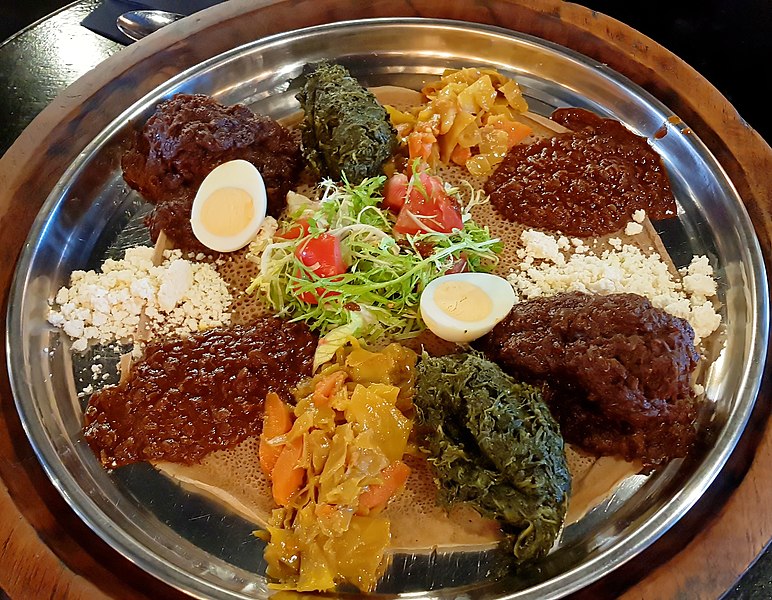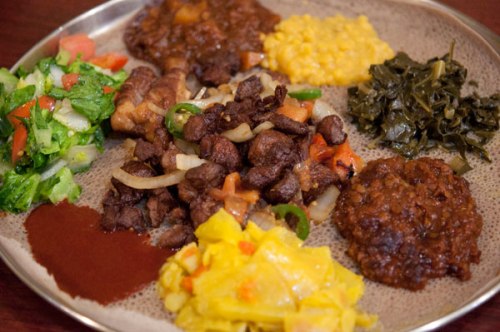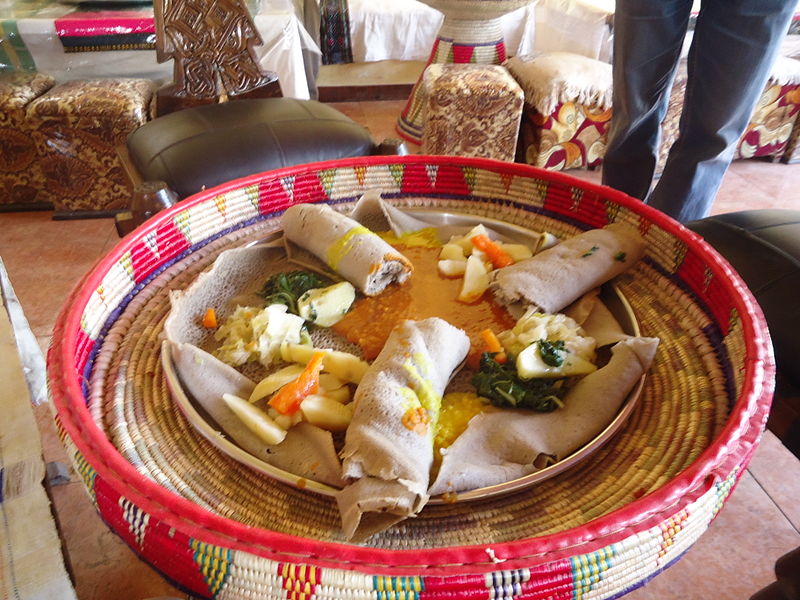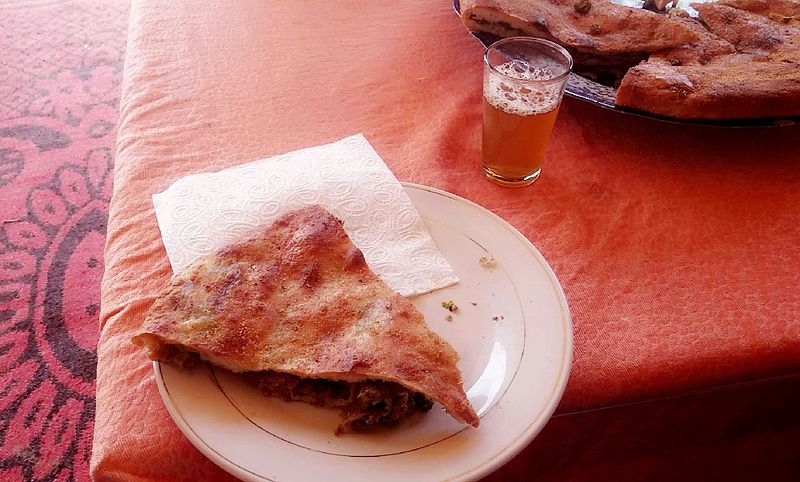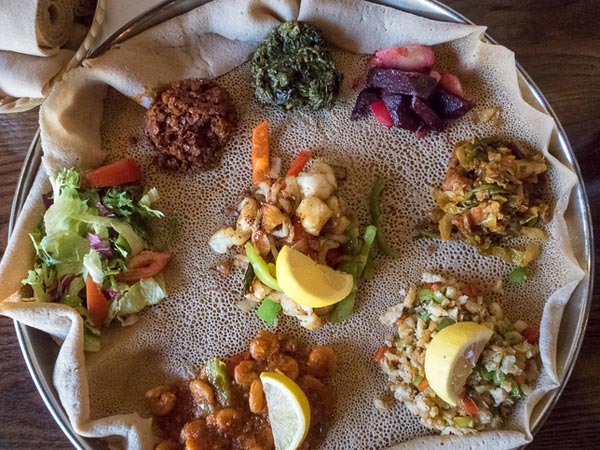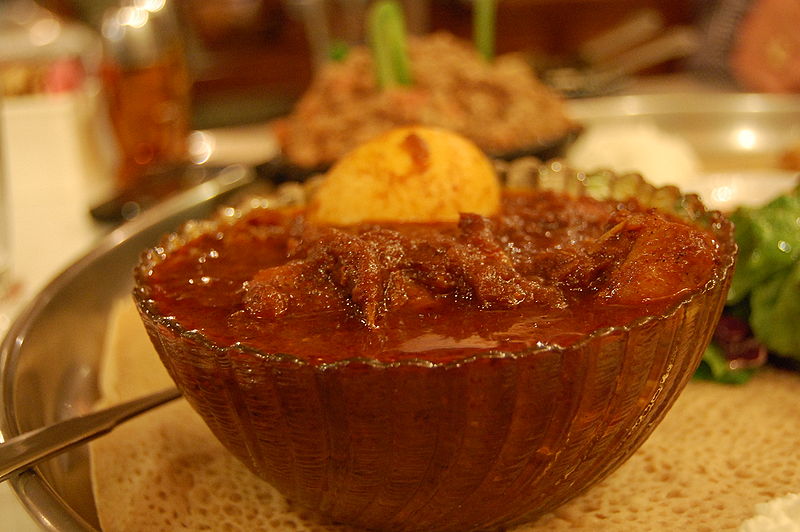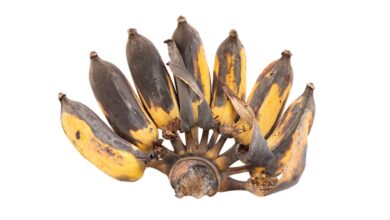West African food – Compare with Ethiopia dishes and drinks
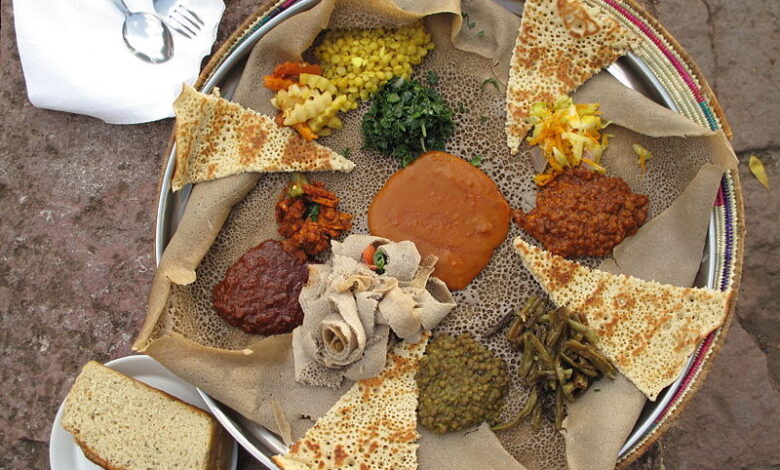
West African food compare with Ethiopia food. Ethiopia is a land of extreme hospitality. According to Eliza Richman, co-founder of the great walking tours Addis Eats “Better announce that you’ve already eaten when you arrive at someone’s house. You are going to eat two plates of food no matter what. A very good tradition is “gursha”, when close friends and family were fed during the meal. Since food is usually eaten with the hands, this is a very intimate and loving gesture. Or, as Marge Simpson put it, “When you put a pancake in someone’s mouth, it’s gursha. Everyone, gursha! ”
Any visitor should pay attention to the calendar of the so-called “fasting days”, which are quite strictly observed even in Addis Ababa. On Wednesdays and Fridays (fasting is also considered fasting time), almost everyone follows a vegan diet, so these are not the best days to look for great meat, unless tourists are visiting the restaurant. (But who wants to dine in these places?) Recently, the upper classes have begun to break the rules and eat fish on fasting days, but still not dairy products.
Ethiopian cuisine like West African food is one of the best cuisines for vegetarians and vegans as these traditions imply that there is always a wide variety of vegetarian options on the menu. You can’t go wrong with bayenet, a colorful buffet of vegetable dishes prepared in the Injera round.
10 main Ethiopian dishes – Like West African food
1. Injera – West African food
Injera is not a dish in itself, but a remedy for almost every meal in Ethiopia,” says Richman. She’s not kidding: More inners are served in Addis for breakfast of the fried injera known as fir and fir.
As mentioned, the Ethiopian language almost always means eating with your hands. Instead of silverware, injera is used to scoop up everything that is served, from collard greens to lentils and cuts of meat. Emily Post’s novices need not worry, as injera has its own etiquette. As
Richman always instructed, you first tear off a piece of bread from the utility service, and then tear off smaller pieces from your batch as you go, using them to grab individual pieces. All this must be done with the right hand.
(Here is a video tutorial courtesy of Addis Eats to help you master the injection game.)
Injera is also a super food. The main ingredient in the tortillas is teff, “an ancient grain first grown in Ethiopia,” explains Addis Eats co-founder Xavier Curtis. “It’s incredibly rich in protein, calcium and iron, and it’s also gluten-free.” If you have ever eaten injera in the States and found that it is heavy, it is probably made from cheaper rice flour that “gives the same consistency but heavy,” he says. Injera a west African food is delicious.
2. Tibs
West African food like tibs is a grilled piece of meat. The country’s meat dish, as Curtis describes it, is usually made with beef cut into small pieces and fried in oil or oil with onions, garlic, hot peppers and rosemary.
You will find this on most Ethiopian menus, which are naturally served with injera.
3. Shiro be Kibbe (bean stew)
As Richman says, “This is a peasant west African food dish from Ethiopia, although it is eaten by all classes and is the most popular dish in the country.”
In Addis, Richman and Curtis normally take individual or group to a hole in the wall specializing in shiro, mostly fast Friday, instead of going to a butcher shop with an adjoining restaurant. A reddish savory dish is made by mixing ground split peas and chickpeas flour with kibbe or ghee with spices.
West African food is incredibly rich and delicious like Ethiopia food says Richman. “This is our favorite food in Ethiopia.”
4. Berber Ethiopia meal like west African food
East African food; Berber is a typical spice mix, the name of a chili pepper and also the name of Ethiopia’s most famous spice blend,” explains Curtis.
Everyone has their own recipe, and these variations are often a closely guarded family secret, with a minimum of 12 ingredients and a maximum of 25,” usually includes garlic, ginger, cardamom, and fenugreek.
Typically, a person or restaurant buys large bags of Berber peppers once a year and dries them in the hot sun with other dried spices,” says Richman. “Then the pepper and all other spices are brought to the local mill to be ground into powder to make one of delicious west African food.
5. Kitfo (Ethiopian beef tartare)
Tartare fans, this could be your favorite new Ethiopian dish. Kitfo is raw ground beef mixed with kibbe, ghee with spices. It can be accompanied by mitmita, another popular Ethiopian spice blend. The result melts in your mouth and tastes great with the typical garnish of gomen (boiled greens) and soft fresh cheese.
Along with injera, a special kocho flatbread is usually attached to the dish. Curtis says: “This is one of the dishes that Ethiopians are most proud of this West African food and is always served at parties, celebrations and so on. We know people who interrupt the 55-day Easter fast with a whale.
6. Coffee – Ethiopia meal like West African food
Ethiopians are very proud of their domestic coffee. Richman explains: “Ethiopia is the birthplace of coffee, hundreds of varieties of coffee are grown here, and there are still thousands of undiscovered varieties! Most of Ethiopia’s coffee is still grown naturally and is harvested in very small quantities. ”
You can find very good espresso all over Addis Ababa (a legacy of Mussolini’s short-lived and failed attempt to colonize the country), but the more traditional way to enjoy the drink is through a coffee ceremony.
After a meal in someone’s home or even in a restaurant, you may be presented with a small cup of strong espresso brewed on a charcoal brazier in an earthen urn. “After the coffee ceremony, incense is burned, but not pure incense because it is for the church only,” says Richman.
7. Tej (alcoholic honey drink)
Here in the east, we usually call this special east African food tej “honey wine”. Well, this is wrong. “Calling it wine is a misnomer as it sounds more like a drunken sweet afternoon drink,” Richman explains, and is made with “smoky, earthy raw honey.”
Although I could not figure out the sweet, strong taste of the drink, Ethiopians love it so much that tej is considered the national drink. Maybe I just haven’t tried the right one. Curtis tells me that “the best tej in the country is in the regions where the best quality honey is produced (usually in the north).
Tej is usually served in beakers that resemble a beaker. Its yellow color is due in part to the addition of powdered gesho, a type of sea buckthorn that gives it its hoppy hop properties.
8. Juices
Have you ever tried avocado juice? If you stumble upon a juicer in Ethiopia, chances are you give it a try. Long before yoga aficionados started juicing, Ethiopians regularly drank fresh fruit juices, “usually as a snack, maybe between breakfast and lunch,” Richman explains. On the Addis Eats tour, I tried the aforementioned delicious tricolor blend of papaya, pineapple and avocado juices. Since juices are sometimes diluted with water, make sure their water boils there.
9. Fir – Ethiopia meal like West African food
The most typical east African food in Ethiopian as breakfast is fir, is like pancake in west African food, minced leftover injera, fried with berber and kibbe. A spicy, carbohydrate morning lunch can be mixed with leftover shiro or stew. And yes, although the main ingredient in fir and fir is injera, it will likely be served with more injera added.
10. Doro wat – Like West African food
Doro wat is a chicken stew always enjoyed during a walking tour at Addis Eats, doro wat is sampled, a deep red stew that Richman calls “iconic.” You could be fortunate enough to eat it in a restaurant as this dish is usually “hard to find because it is usually made at home.
A good doro-wat West African food should be made from free-range Ethiopian chickens on small farms, not the larger farangi (foreign) chickens you may also find in the country.
The stew takes on a deep red hue from the berber, and the richness is often offset by the accompaniment of fresh cheese and gomen (green stew).
